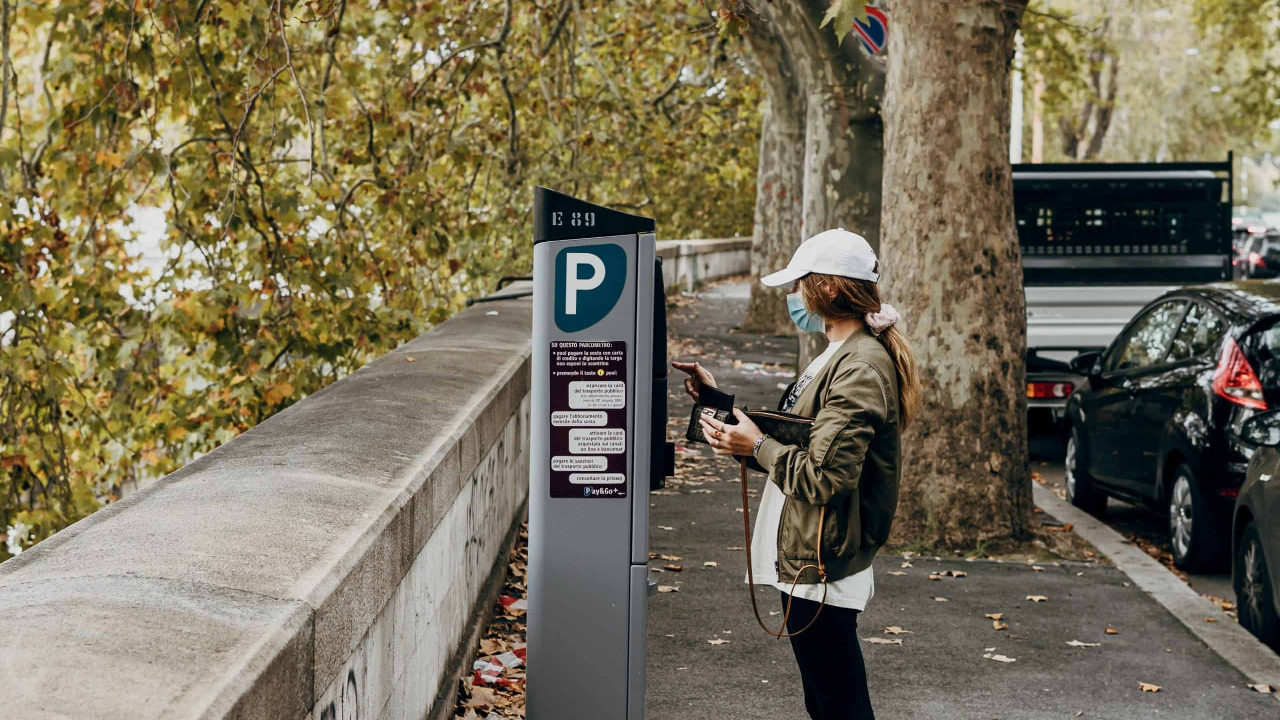Airport parking has always been a major concern for travelers around the world. Finding a parking spot at an airport can be a daunting task, often leading to frustration and delays. However, with the advent of smart parking technology, airports have the opportunity to alleviate parking problems and enhance the overall travel experience for passengers. This article explores how smart parking can help solve airport parking problems by focusing on four key subheadings: Efficient Space Utilization, Real-Time Parking Information, Seamless Payment Systems, and Enhanced Security.
Efficient Space Utilization

One of the significant challenges airports face is the efficient utilization of parking space. Traditional parking systems rely on fixed parking lots, leading to wastage of space during non-peak periods and overcrowding during peak times. Smart parking systems, like those in Provo airport parking, employ advanced sensors and data analytics to optimize parking space utilization. These sensors can monitor the availability of parking spots in real-time and guide drivers to the nearest available spot, reducing the time spent searching for parking. By maximizing the usage of existing parking spaces, airports can accommodate more vehicles, increasing their overall parking capacity.
Real-Time Parking Information
Smart parking systems provide real-time parking information to travelers, enabling them to make informed decisions about parking availability before arriving at the airport. This information can be accessed through mobile applications, websites, or digital signage at key locations. Passengers can check the availability of parking spots, reserve spaces in advance, or receive notifications about parking lot closures or alternative options. By having access to accurate and up-to-date information, travelers can plan their trips more efficiently, reducing congestion and ensuring a smoother parking experience.
Seamless Payment Systems

Traditional airport parking systems often involve long queues at payment booths, leading to delays and frustration for travelers. Smart parking solutions offer seamless payment systems that enhance convenience and efficiency. Using technologies like automatic license plate recognition (ALPR) and mobile payment apps, passengers can pay for parking electronically without the need for physical tickets or cash transactions. This not only saves time but also improves the overall flow of vehicles in and out of the parking areas. Additionally, integrated payment systems can provide travelers with digital receipts and detailed records of their parking transactions, offering transparency and peace of mind.
Enhanced Security
Parking security is a critical aspect of any airport facility. Smart parking systems incorporate various security features to ensure the safety of vehicles and passengers. Advanced surveillance cameras, license plate recognition, and motion sensors can help deter theft and vandalism. Furthermore, these systems can integrate with the airport’s overall security infrastructure, enabling prompt response to any suspicious activities. By enhancing security measures, airports can provide a secure environment for parked vehicles, instilling confidence in travelers and reducing the risk of incidents.
Conclusion
Smart parking technology offers a promising solution to the persistent airport parking problems faced by travelers worldwide. By implementing efficient space utilization, providing real-time parking information, offering seamless payment systems, and enhancing security measures, airports can significantly improve the parking experience for passengers. Smart parking systems optimize space, reduce search time, and streamline payment processes, ultimately enhancing the overall efficiency and convenience of airport parking. As airports continue to adopt and innovate with smart parking solutions, travelers can look forward to a smoother, hassle-free parking experience during their journeys.

